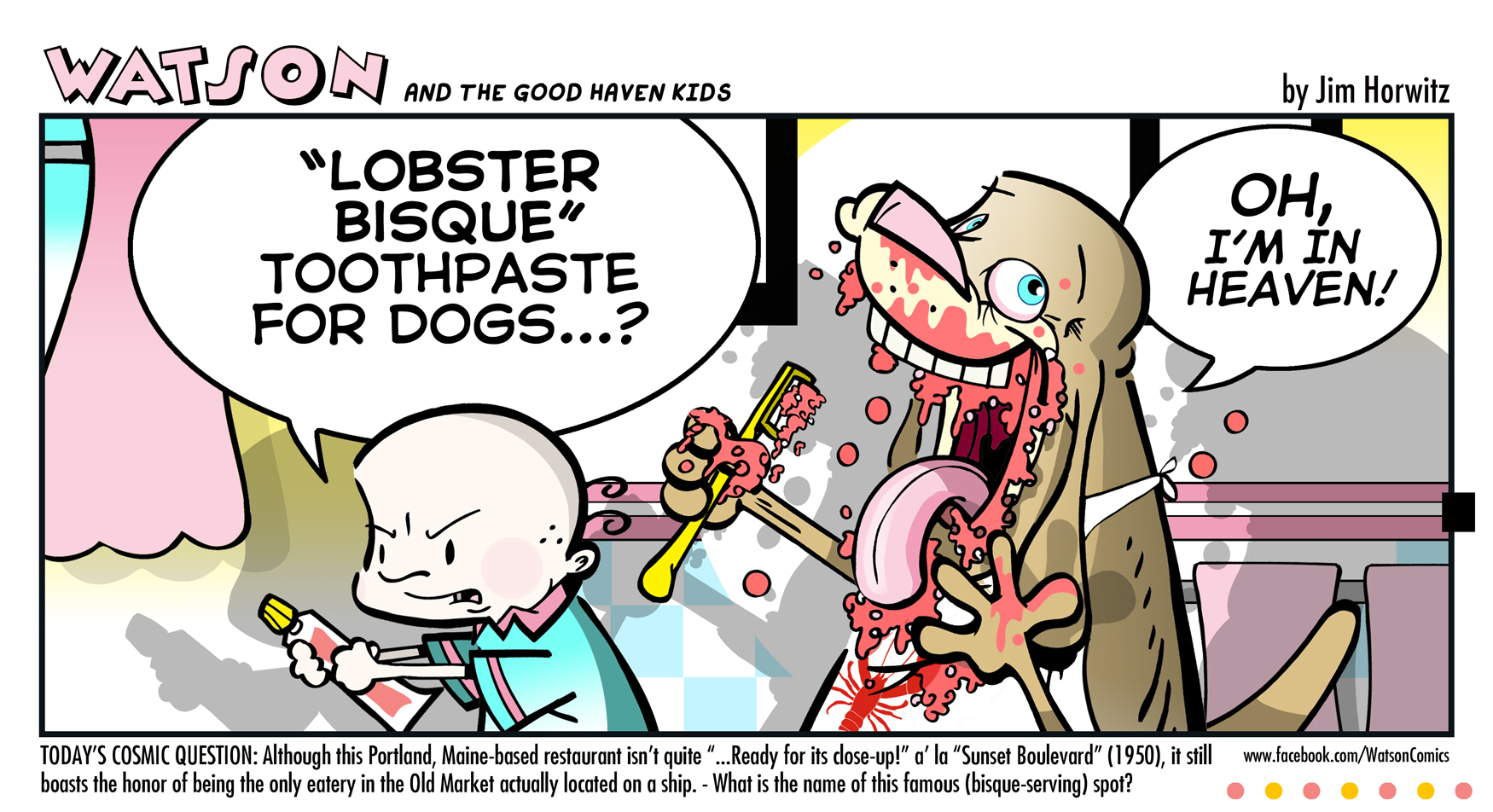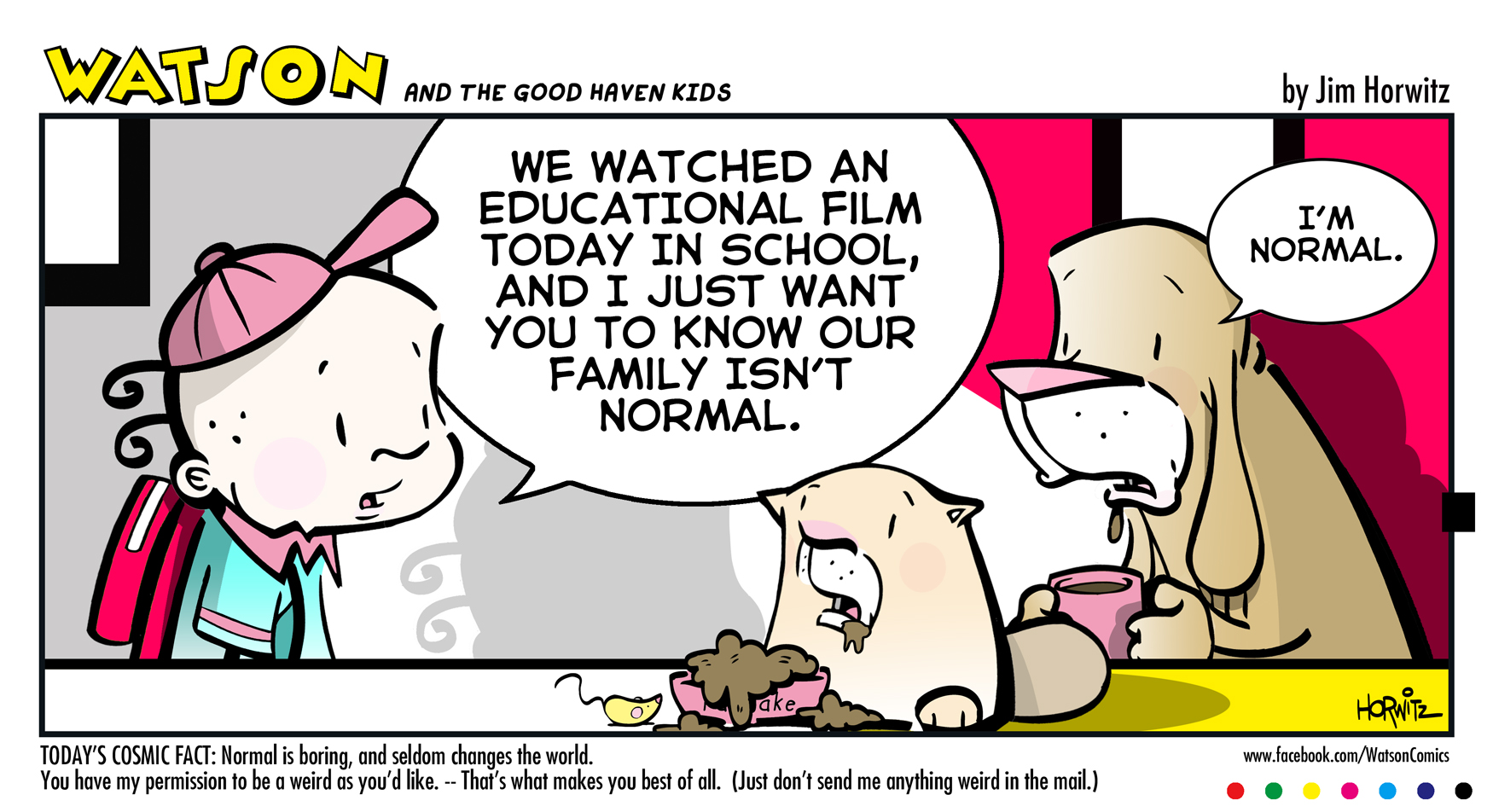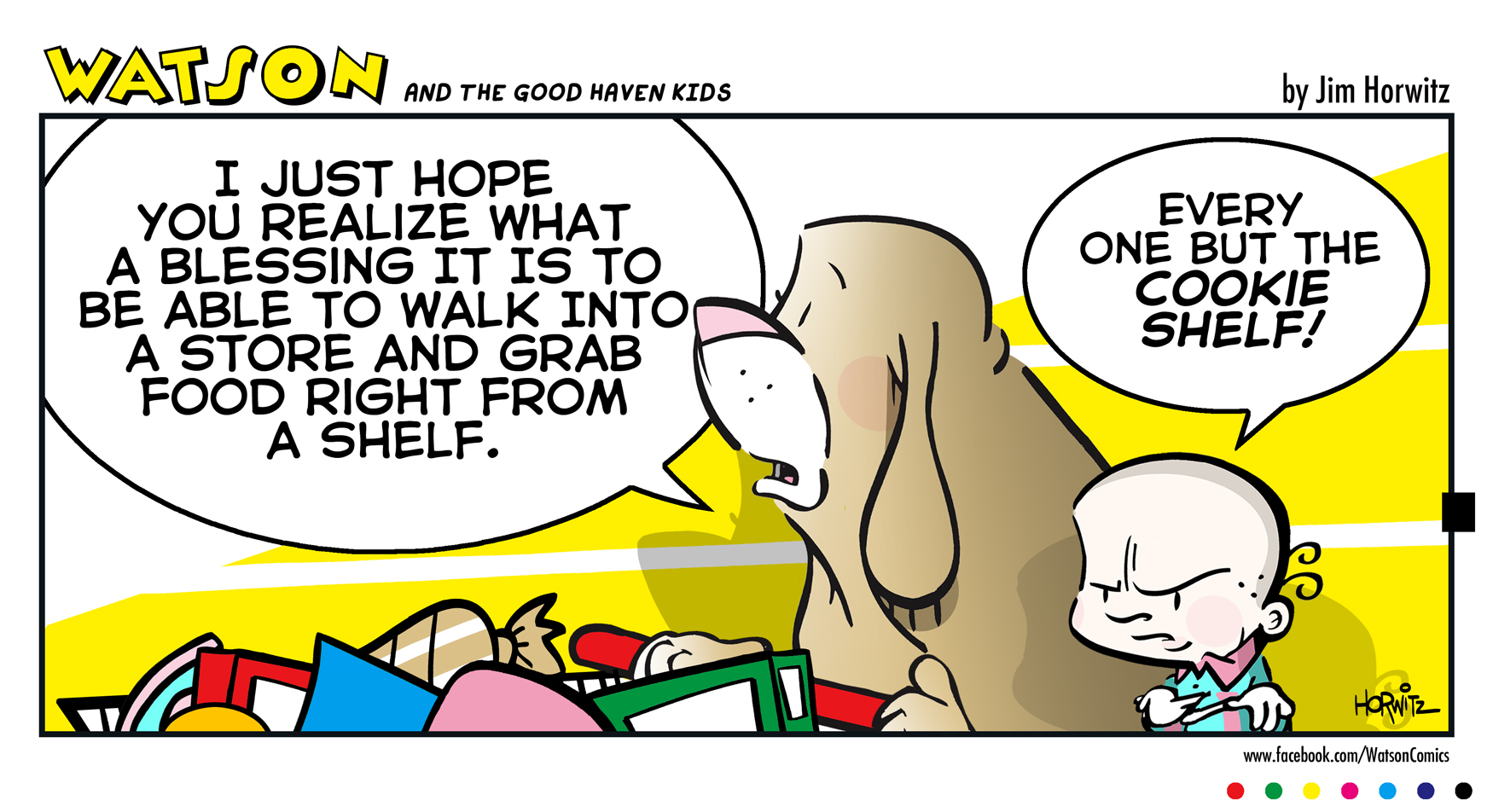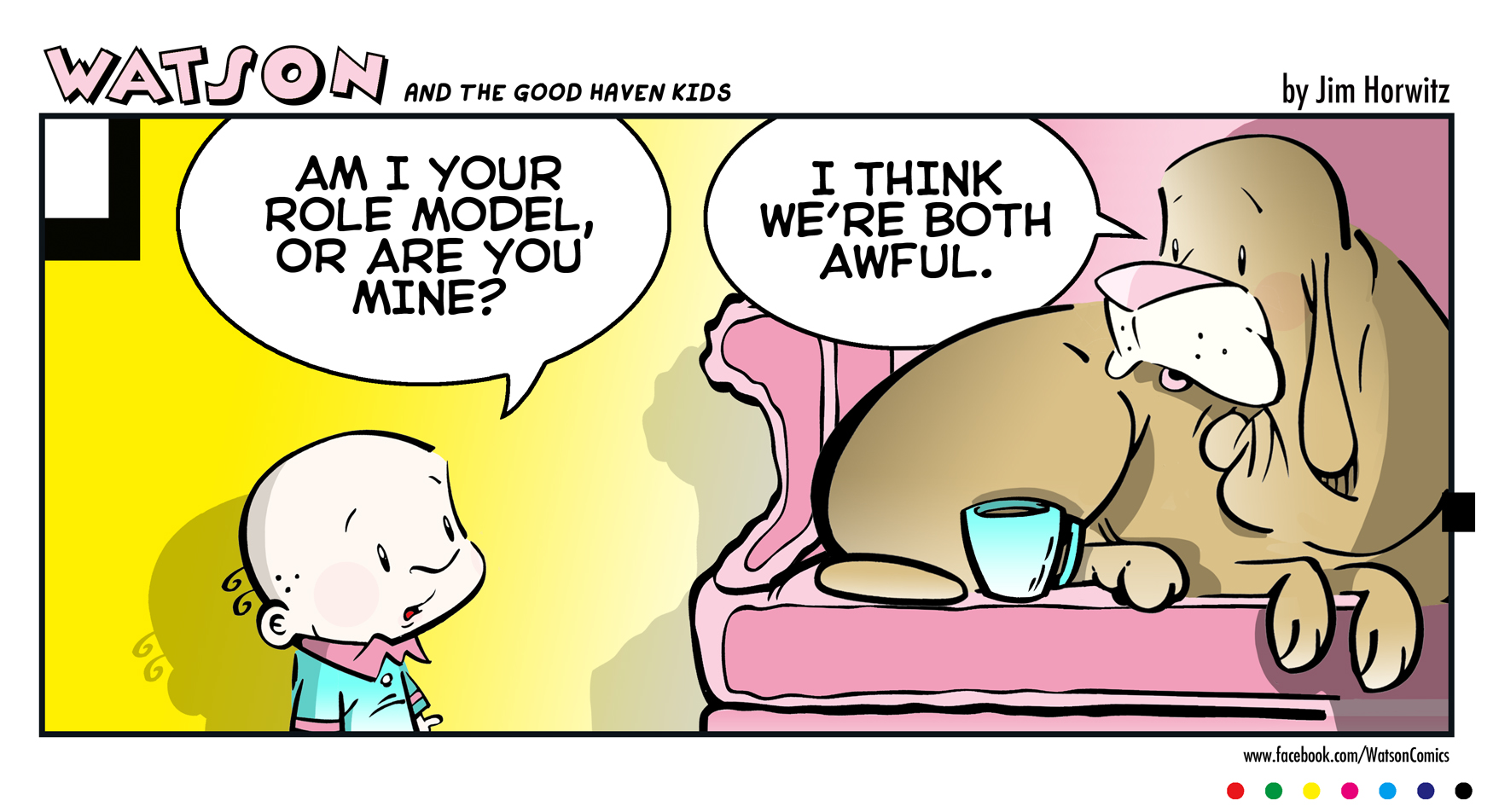




I just ran into my bestest buddy, hero, and cartooning-mentor Mike Peters at the airport in a totally random, freak occurrence, and
it made me SO happy. – Moments like this are priceless.









The “Bill and Ted” conversation is an important one that seems to have been dropped from the current flow of ideas in 2018.
Bill and Ted were not quiet, visionary adopters like Bill Gates or Mark Zuckerberg, both of whom “dropped out” to become billionaires by “doing their thing”; nor were they off the beaten path regular guys who just needed to get with the program (the Web, the future, a haircut) to fly right.
Bill and Ted were hopeless, never get it together, culturally abandoned slackers who changed the world by adhering to their own marginalized, self-created ideals and personae (Wyld Stallyns) that the rest of the world mocked and found categorically absurd.
There’s very little dialog about the modern-day Bill and Teds. In 2018, now more than ever, maybe “getting with the program” isn’t the best, safest, and most culturally deified plan we’ve made it out to be.
Perhaps it’s time to learn from Bill and Ted once more. They may be more correct, and more enlightened, than we think.


 As a kid, there was very little information for me out in the world on how to “become” a cartoonist.
As a kid, there was very little information for me out in the world on how to “become” a cartoonist.
Sure, you could look at comic collections to see how characters looked, but that was about it.
In 1988, CBS ran this Garfield 10th birthday special, which I taped on our VCR off the television.
In a matter on hours this TV show became my Bible.
I, literally, watched this show every day for weeks and weeks.
Not only did I get see Jim Davis drawing, but I also got to see the faces of the other professional cartoonists who were my heroes. Whenever I’m in the company of other cartoonists I always think back to this video and how lucky I am to be where I am. — Being a cartoonist was 110% my dream as a kid.
I wake up and feel lucky every day.
(You can see Mike Peters, Dik Browne, and Lynn Johnston by scrolling to 30:46 in the timeline)









 I think Jeff Goldblum is so fun to watch. He’s so erratic and funny, and just does the strangest things.
I think Jeff Goldblum is so fun to watch. He’s so erratic and funny, and just does the strangest things.
I think he’s too old to ever play me in a movie, but I would totally allow that to happen.
I have yet to meet Jeff in person, but it’s on my “to-do” list.




If I had to guess, I think I’ve been drawing weird, one-panel strips for about 25 years. As memory serves, I first started drawing my one-panel strips when I was a sophomore in high school, which would’ve been sometime around 1991. Naturally, I’d been drawing comics and doodling in sketch books my entire life, but I think it wasn’t until high school that I finally came upon the idea that one-panel strips were the arena in which I felt most comfortable.
When I was growing up, there was such a lack of good information on what cartoonists did and how they did it, I really had no idea how large daily strips were actually drawn. Believe it or not, I used to cut full-sheets of poster board in half (24″ x 36″) and draw my one-panel comics on those. – They were enormous! Then, to see what they would actually look like in real “comic strip size,” I used to ride on the school bus to school with these giant comics wrapped in garbage bags and hide them in my locker until I could use the photocopier in the library to shrink them down at lunch time. The comics were so big, I actually had to tape the first round of reduced photocopies together, so I could fit both halves of the reduced strip on the copier for the second, final pass. I can’t remember how many quarters each strip actually took to shrink down, but when I finally got to see my giant strips in that magical, tiny newspaper-size it was truly wonderful. I think I used to stand there in the library trying to calculate how many more years of school and tests I would need to survive before I could actually become a “real” cartoonist. It seemed like so many years of awful impossibility it felt like trying to hit the bullseye on a dartboard that was on the wall of the moon. It was so far away I have no idea how I managed to keep from completely unraveling each and every day. It was sort of like waiting for a Christmas morning that wouldn’t happen for another fifteen years.
Naturally, there are a million other tiny stories in-between (some of them hopeful, many of them heart-squashing), but I’m not sure I can describe them all right here, right now. – For now, just know, that the story kind of has a happy(ish) ending, and it isn’t entirely over yet, either. – I’m still hopeful that a few special things will still happen, and they very well may. In truth, I really can’t believe that I’ve managed to stick with it for so many years, especially the one-panel thing. I have no one secret or insight other than the fact that I seem to be pretty good at forgetting how long it’s actually been. – What a long, long, very strange journey it’s been. — I’m glad I’m still at it. …I think.











 An interesting idea that I’ll never stop meditating upon, or twisting around like a Rubik’s cube, is the idea that when you see a comic strip you’re not just seeing the artist’s work, but you’re actually getting a print-out of the cartoonist’s philosophy on what a comic strip is. – THIS is how I think it should be done.
An interesting idea that I’ll never stop meditating upon, or twisting around like a Rubik’s cube, is the idea that when you see a comic strip you’re not just seeing the artist’s work, but you’re actually getting a print-out of the cartoonist’s philosophy on what a comic strip is. – THIS is how I think it should be done.
Now, clearly, there are a few circumstances under which this would not be the case.
1: The artist has a grander conception of his/her strip and is working to move the strip in that direction.
2. The artists is shackled to some awful contract and just has to draw the strip a certain way.
3. The artist is constantly forced to cut corners for any number of reasons.
4. Some other reason that I’m incapable of grasping, here, in this tiny list.
Assuming that none of the above reasons are at play in the said comic strips in question, then it’s fair to rightly assume the artist has taken great pains, and continues to do so, to show you what s/he thinks a comic strip should look like, and how best s/he chooses to execute that vision. – When you see a comic strip you’re not just getting “a strip.” You’re getting a lifetime’s worth of thought, art, and consideration about what elements are most essential. – This, I think, is fascinating.
In one strip, backgrounds aren’t important.
In one strip, it’s okay for characters to not have legs; maybe little squiggles are good enough.
In one strip, it doesn’t matter if the perspective is totally whacked. – The joke is most important.
And, the list goes on and on.
Where do these ideas come from?
How and when do cartoonists come to these realizations as they draw?
Well, based on my own experience these things happen very slowly.
Sometimes the decisions make themselves.
Sometimes the artist is actively making choices.
If someone were to ask me to draw a coffee cup, mentally, there are 3-4 different styles in my mind to choose from.
I don’t have just one coffee cup.
But, again, how many coffee mugs does a comic strip really need?
So, the next time you read a strip look around at all the things.
You’re looking at jokes and squiggles, however, you’re also looking at a career’s worth of philosophy in-print.






